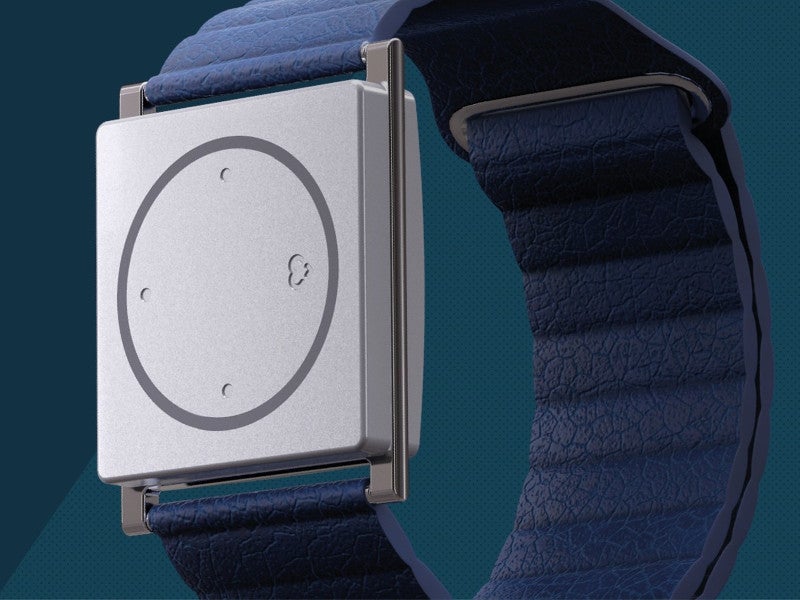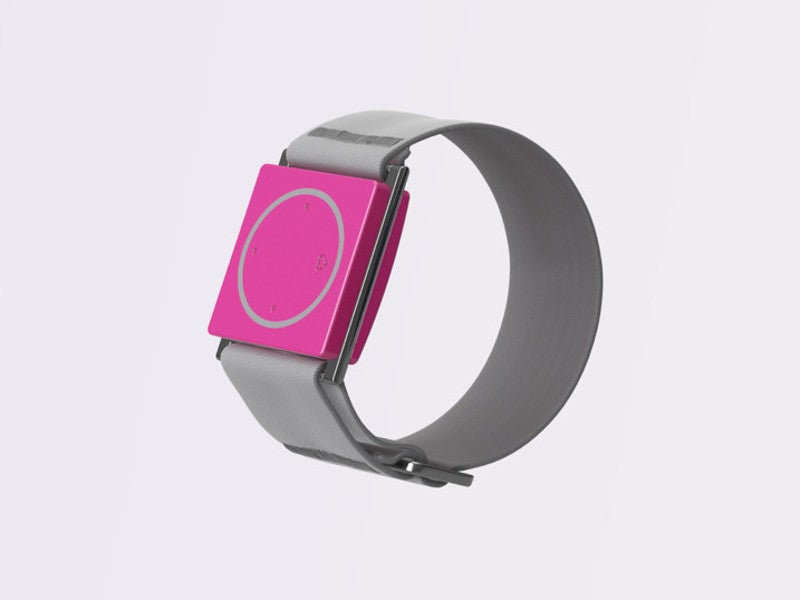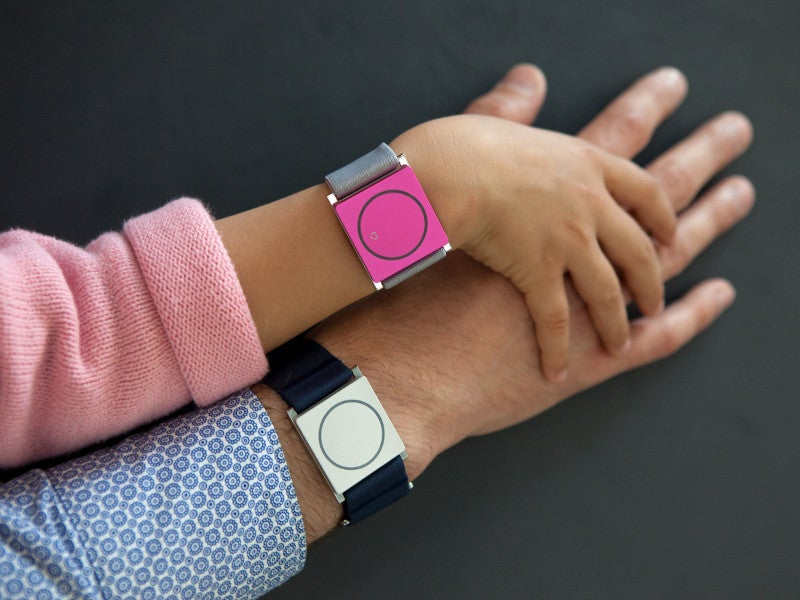Developed by Empatica, the Embrace seizure monitoring system is a non-electroencephalography (EEG) physiological signal-based platform.
It detects signals associated with different types of seizures, including generalised tonic-clonic seizures in adults and paediatric patients either with epilepsy or at the risk of having epilepsy.
Embrace received CE certification for monitoring seizures in Europe in April 2017. The Food and Drug Administration (FDA) also granted clearance to the device for this application in January 2018, making the device one of the world’s first FDA-cleared epilepsy smartwatches.
The FDA also approved the device for paediatric patients in January 2019.
Embrace seizure monitoring system design and features
Embrace is a biosensor device worn on the wrist. It detects, stores and transmits data wirelessly via Bluetooth to a compatible remote device.
The device is compact, weighing 13g and powered by a lithium polymer battery. The top cover is made from anodised aluminium for water resistance and to improve durability. It includes exposed electrodermal activity electrodes and a vibe motor to capture data.
The device features a central processing unit (CPU), a memory chip, a Bluetooth® antenna and LEDs, as well as accelerometer, electrodermal activity, temperature, and gyroscope sensors.
Embrace seizure monitoring system functioning
Embrace uses artificial intelligence (AI) technology to processes sensor data, facilitating rapid identification and decision making in the event of a generalised tonic-clonic seizure.
When a seizure is detected, the device sends a message to a smartphone application, which contacts a designated physician.
The device also provides analysis on the sleep, rest and physical activity of an individual to develop a better understanding of their lifestyle.
Validation of the Embrace seizure monitoring system algorithm
The algorithm used by the device is validated using video-electroencephalogram methodology, which was designed by a team of epileptologists.
The efficacy of the device was tested in a multi-centre clinical study that enrolled 135 patients with epilepsy. Patients were admitted to an epilepsy monitoring unit (EMU) for continuous monitoring with video-EEG while wearing the device.
Over a period of 272 days, 6,530 hours of data was recorded, capturing information on 40 generalised tonic-clonic seizures.
Embrace seizure monitoring system benefits
An estimated 3.4 million people have epilepsy in the US. Of these, 300,000 patients are children aged below 14 years.
In addition, approximately 25% have generalised tonic-clonic seizures, which are commonly associated with sudden unexpected death in epilepsy (SUDEP).
Regular medication prevents these seizures and lower the risk of SUDEP. Unlike other seizure detection systems, Embrace records several seizure indications and accurately measures the risk of generalised tonic-clonic seizures.
Marketing commentary on Empatica
Founded in 2011 and based in the US, Empatica is a spin-off of MIT Media Lab. The medical device company focuses on the development of wearable devices based on human data analytics.
Apart from Embrace, the company has also developed a wearable research device named E4 wristband.









